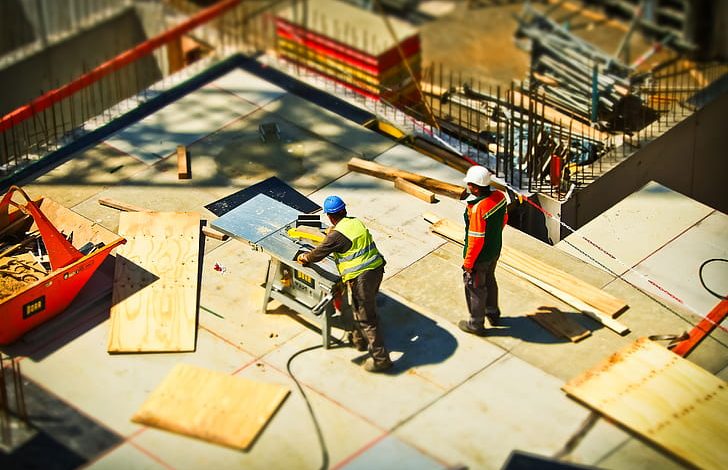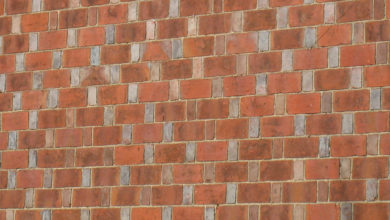Construction Material Revolution

A construction material revolution replacing cement and steel in urban construction by wood can have double benefits for climate stabilization, a replacement study shows. First, it can avoid greenhouse emission emissions from cement and production. Second, it can turn buildings into a carbon sink. They store the CO2 haunted from the air by trees. Which they harvest and use as engineered timber. However, while the required amount of timber harvest is out there in theory, such an upscaling would clearly need most careful, sustainable forest management and governance, the international team of authors stresses.
Urbanization is the key for construction material revolution
“Urbanization and increase will create a huge demand for the development. Development of latest housing and construction material. Because the assembly of cement and steel will remain a serious source of greenhouse gas emissions unless appropriately addressed,” says the study’s lead-author Galina Churkina. Who is affiliated to both the Yale School of Forestry and Environmental Studies within the US and the Potsdam Institute for Climate Impact Research in Germany (PIK). “Yet, this risk for the worldwide climate system might be transformed into a strong means to mitigate global climate change by substantially increasing the utilization of engineered timber for construction material worldwide. Our analysis reveals, that this potential are often realized under two conditions. First, the harvested forests are sustainably managed. Second, wood from demolished timber buildings is preserved ashore in various forms.”
Advertisement
Four scenario of timber use to assist climate stabilization
Four scenarios are computed by the scientists for subsequent thirty years. Assuming business as was common, just 0.5 percent of latest buildings are constructed with timber by 2050. This could be driven up to 10 percent or 50 percent, if mass timber manufacturing increases accordingly. If countries with current low industrialization level also make the transition, even 90 percent timber is conceivable, the scientists say. This could end in storing between 10 million plenty of carbon per annum within the lowest scenario and shut to 700 million tons within the highest scenario. In addition, construction material timber buildings reduces cumulative emissions of greenhouse gases from steel and cement manufacturing a minimum of by half. This might seem not so much compared to the current amount of roughly 11000 million tons of carbon emissions per year, yet the shift to timber would make quite a difference for achieving the climate stabilization targets of the Paris agreement.
Assuming a continued building construction material with concrete and steel and assuming an increase in the floor area per person, following past trends, the cumulative emissions from mineral-based construction materials might reach up to at least one fifth of the CO2 emissions budget up to 2050 — a budget that ought to not be exceeded if we would like to stay warming at well below 2°C as promised by governments in the Paris agreement. Importantly, to succeed in net zero emissions by mid-century, societies need some quite CO2 sinks to balance remaining hard-to-avoid emissions namely from agriculture.
Stored carbon is also a reason for construction material revolution
Buildings might be such a sink — if made up of timber. A five-story residential building structured in laminated timber can store up to 180 kilos of carbon per square metre, 3 times quite within the above ground biomass of natural forests with high carbon density. Still, even within the 90 percent timber scenario the carbon accumulated in timber cities over thirty years would sum up to but one tenth of the overall amount of carbon stored above ground in forests worldwide.
Protecting forest from unsustainable logging is key
“Protecting forests from unsustainable logging and an honest range of other threats is thus key if timber use was to be substantially increased,” co-author Christopher Reyer from PIK emphasizes. “Our vision for sustainable forest management and governance could indeed improve things for forests worldwide as they’re valued more.”
The scientists summarize multiple lines of evidence from official harvest statistics to complex simulation modelling to find that, theoretically, unexploited wood harvest potentials would cover the demand of the 10 percent timber scenario. It might even cover the demand of the 50 and 90 percent timber scenario if the ground area per person in buildings worldwide wouldn’t increase but occupy the current average. “There’s quite some uncertainty involved, yet it seems very worth exploring,” says Reyer. “Additionally, plantations would be needed to hide the demand, including the cultivation of fast-growing Bamboo by small-scale landowners in tropical and subtropical regions.”
Reducing the use of round wood
Reducing the use of round wood for fuel — currently roughly half the round wood harvest is burnt, also adding to emissions — would make more of it available for building with engineered timber. Moreover, re-using wood from demolished buildings through construction material can increase the availability.
The technology of trees — “to build ourselves a safe home on Earth”
Timber as an artefact comes with variety of interesting features detailed call at the analysis. For instance, large structural timbers are comparatively fire-resistant — their inner core gets protected by a charring layer if burnt, so it’s hard for a fireplace to actually destroy them. This is in contrast to popular assumptions fostered by fires in light-frame buildings. Many national building codes already recognize these properties.
“Trees offer us a technology of unparalleled perfection,” Hans Joachim Schellnhuber says, co-author of the study and Director Emeritus of PIK. “They take CO2 out of our atmosphere and smoothly transform it into oxygen for us to breathe and carbon in their trunks for us to use. There’s no safer way of storing carbon I can consider. Societies have made good use of wood for buildings for several centuries, yet now the challenge of climate stabilization involves a really serious upscaling. If we engineer the wood into modern building construction materials and smartly manage harvest and construction material, we humans can build ourselves a secure home on Earth.”




